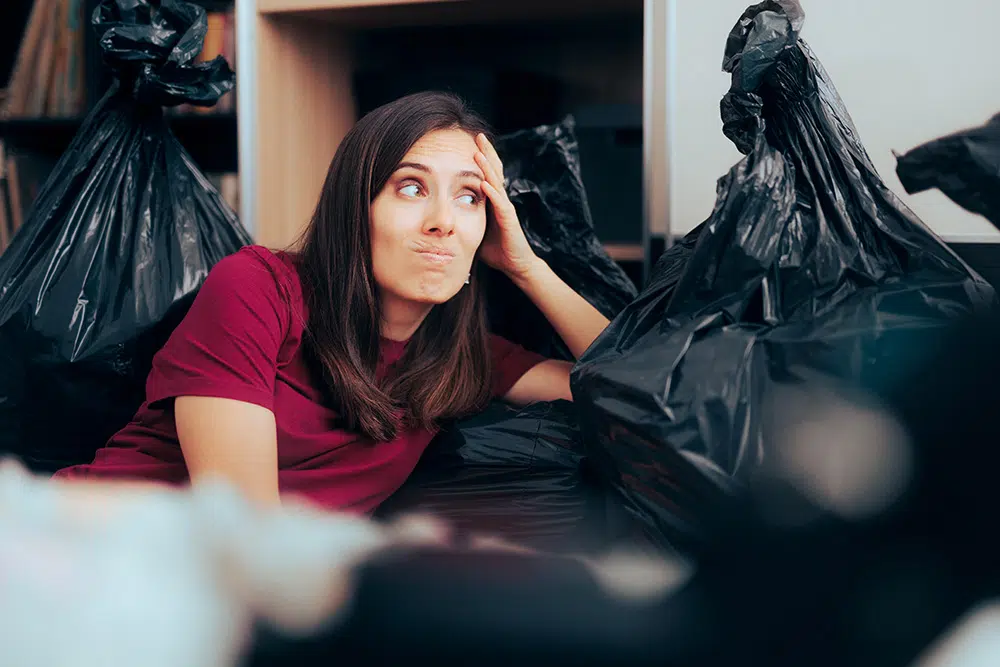
Beach House Recovery Center » Mental Health Disorders » OCD » Personalized Hoarding Disorder Treatment

Hoarding disorder is a complex mental health condition that involves persistent difficulty discarding possessions, leading to excessive clutter and distress.
It can significantly impact an individual's daily life, relationships, and well-being.
At Beach House Center for Recovery, we provide compassionate, evidence-based treatment to help individuals regain control, improve decision-making, and overcome the emotional barriers associated with a hoarding disorder.
Hoarding disorder involves excessive accumulation of items and difficulty parting with them, regardless of value.
This mental health disorder is more than just collecting—it involves compulsive behaviors that can lead to unsafe living conditions, social isolation, and emotional distress.
People with hoarding disorder often feel an intense attachment to their possessions, fearing loss or regret if they discard anything.
Hoarding disorder can manifest in different ways, depending on the types of items collected and the underlying psychological factors. Common types include:
Recognizing the symptoms of hoarding disorder is crucial for early intervention and effective treatment. Common signs include:
A combination of psychological, biological, and environmental factors influences hoarding disorder. Some of the key contributors include:
Certain factors may increase the risk of developing a hoarding disorder, including:
A formal diagnosis of hoarding disorder requires an evaluation by a mental health professional. The diagnostic process includes:
At Beach House Center for Recovery, we provide personalized treatment programs designed to help individuals manage their hoarding behaviors and improve their quality of life.
Effective treatment involves a combination of therapy, skill-building, and emotional support to help individuals change their behaviors and address underlying issues. The most effective approaches include:
CBT is the gold standard for hoarding disorder treatment. It helps individuals:
While no specific medication is approved solely for hoarding disorder, SSRIs (Selective Serotonin Reuptake Inhibitors) can help manage co-occurring anxiety and depression.
Additional supportive treatments include:
Hoarding disorder can be overwhelming, but help is available.
At Beach House Center for Recovery, we offer comprehensive treatment programs designed to help individuals overcome compulsive hoarding and reclaim their lives.
If you or a loved one is struggling with a hoarding disorder, contact us today to learn more about our evidence-based treatment options and take the first step toward a healthier future.
We accept most major insurance plans and can verify your benefits quickly and confidentially.
We’re committed to helping you access the care you need, our admissions counselors can guide you through your coverage options and available resources.





"*" indicates required fields